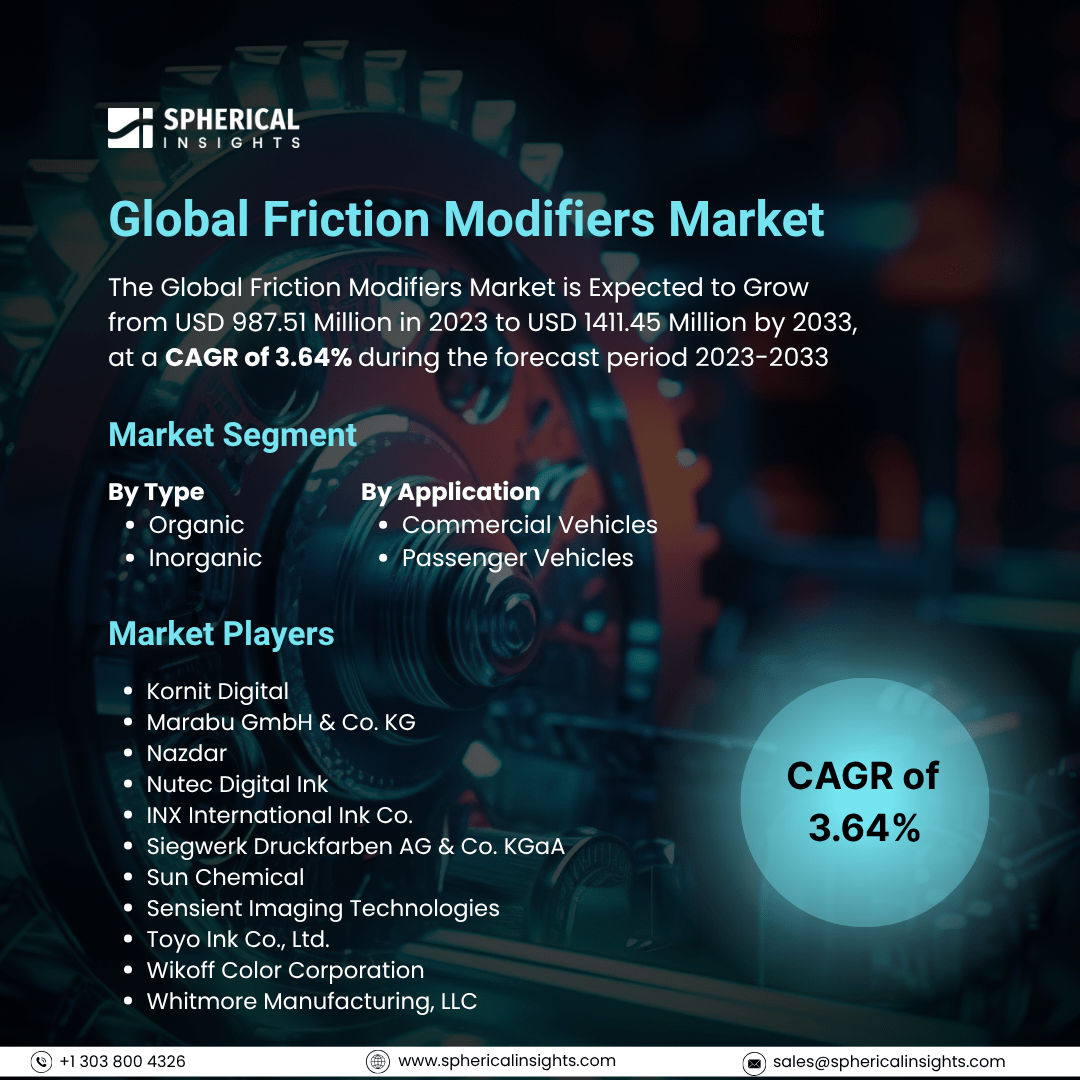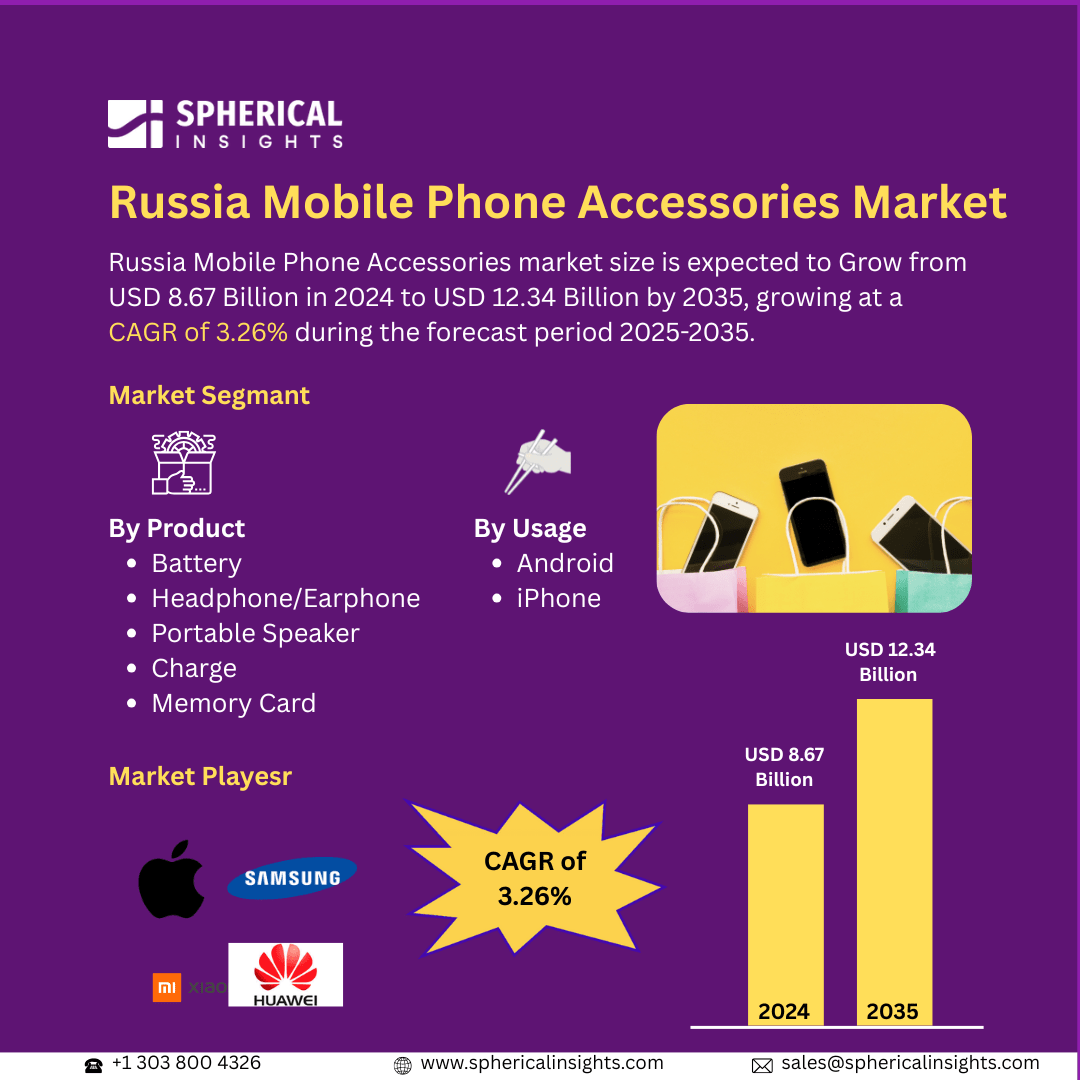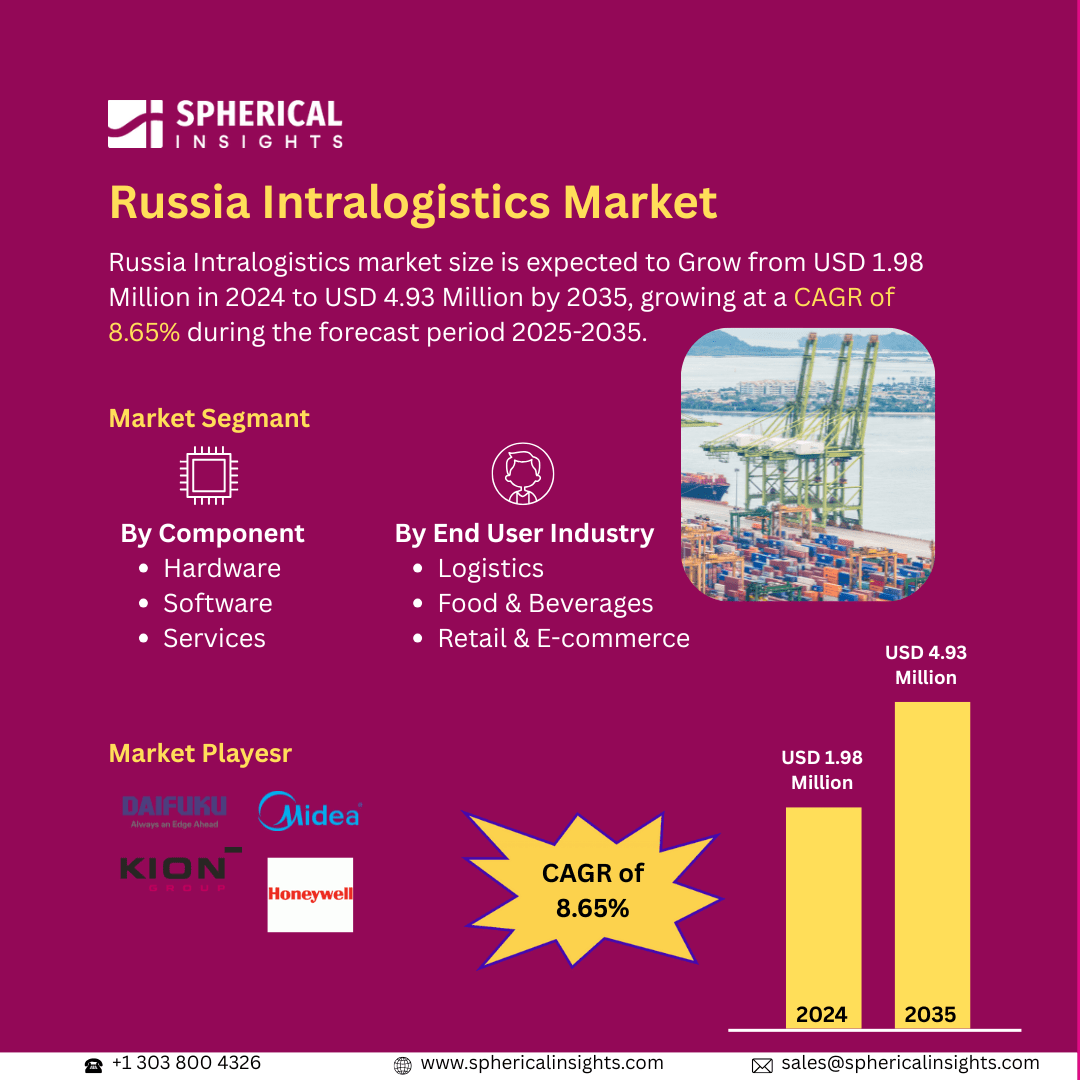Global Friction Modifiers Market Size to Exceed USD 1411.45 Million by 2033
According to a research report published by Spherical Insights & Consulting, The Global Friction Modifiers Market Size is Expected to Grow from USD 987.51 Million in 2023 to USD 1411.45 Million by 2033, at a CAGR of 3.64% during the forecast period 2023-2033.
Browse 210 Market Data Tables and 45 Figures Spread Through 190 Pages and In-Depth TOC On the Global Friction Modifiers Market Size, Share, and COVID-19 Impact Analysis, By Type (Organic and Inorganic), By Application (Commercial Vehicles and Passenger Vehicles), and By Region (North America, Europe, Asia-Pacific, Latin America, Middle East, and Africa), Analysis and Forecast 2023 - 2033.
The friction modifier market is referred to as the global demand for additives that are used to reduce friction and wear in lubrication oil and other fluids. The fluid is mostly used in automotive, industrial, and machinery lubrication. The friction modifier is also referred to as lubricity additives and boundary lubricating additives. The friction modifier is mainly used to reduce or minimize adhesive friction in a closed area or direct contact region. Furthermore, the need for the product is strongly associated with the requirement for lower fuel consumption and lower emissions in the automobile sector. As industry players concentrate efforts on making vehicles more fuel-efficient to meet stringent environmental policies, the application of the product is critical. The additives are important to boost overall fuel economy, efficiency, and equipment life, and hence these are critical in achieving sustainable development through lower CO2 emissions. However, the need for compatibility with other lubricant additives, environmental concerns, and fluctuating raw material costs.
The organic segment dominated the largest share in 2023 and is anticipated to grow at a CAGR of 54.72% during the forecast period.
Based on the type, the global friction modifiers market is divided into organic and inorganic. Among these, the organic segment dominated the largest share in 2023 and is anticipated to grow at a CAGR of 54.72% during the forecast period. This is derived from naturally occurring or man-made organic substances; such additives have developed immense popularity in the market. These are described as tending to produce a protective boundary film on metallic surfaces, cutting down friction and wear.
The commercial vehicles segment held the highest share in 2023 and is anticipated to grow at a CAGR of 58.24% during the forecast period.
Based on the application, the global friction modifiers market is divided into commercial vehicles and passenger vehicles. Among these, the commercial vehicles segment held the highest share in 2023 and is anticipated to grow at a CAGR of 58.24% during the forecast period. With commercial vehicle sales going up, their consumption of lubricants is also expected to go up, consequently contributing to an increase in the demand for friction modifiers. The commercial vehicle in the specific case of transportation lubricants, would be a leading application for friction modifiers and thereby impel the growth of the market.
Asia Pacific is anticipated to hold the highest share of the global friction modifiers market over the projected period.
Asia Pacific is anticipated to hold the highest share of the global friction modifiers market over the projected period. The Chinese friction modifiers market is growing significantly. This is largely impelled by the world's largest automotive producer and has considerably influenced the consumption of lubricants, which in turn has affected the demand for friction modifier additives. The moderate decrease in automobile production volume in recent years has caused an estimated drop in usage and demand for the market in various industries.
North America is estimated to grow at the fastest CAGR of the global friction modifiers market during the forecast period. The North American market has a major characteristic of the leading industries of automotive, aerospace, and manufacturing, which are among the leading consumers of friction modifiers. The automotive sector's technological innovations have spurred the North American market to increase its market size, and this growth in North America's vehicle production directly correlates with the rise in demand for the market globally.
Company Profiling
Major vendors in the global friction modifiers market are Kornit DigitalMarabu GmbH & Co. KG, Nazdar, Nutec Digital Ink, INX International Ink Co., Siegwerk Druckfarben AG & Co. KgaA, Sun Chemical, Sensient Imaging Technologies, Toyo Ink Co., Ltd., Wikoff Color Corporation, Whitmore Manufacturing, LLC., Amcor plc, HARVES Co., Ltd., Wihuri Group, Sigma Plastics Group, Curtiss-Wright Corporation., GMM Development Limited., American Packaging Corporation., Cosmo Films Ltd., and Others.
Key Target Audience
- Market Players
- Investors
- End-users
- Government Authorities
- Consulting and Research Firm
- Venture capitalists
- Value-Added Resellers (VARs)
Recent Development
- In April 2023, Afton Chemical introduced its "Dicyclopentadiene (DCPD) Friction Modifier" to improve automotive engine wear protection and fuel efficiency.
Market Segment
This study forecasts revenue at the global, regional, and country levels from 2023 to 2033. Spherical Insights has segmented the global friction modifiers market based on the below-mentioned segments:
Global Friction Modifiers Market, By Type
Global Friction Modifiers Market, By Application
- Commercial Vehicles
- Passenger Vehicles
Global Friction Modifiers Market, By Regional
- North America
- Europe
- Germany
- UK
- France
- Italy
- Spain
- Russia
- Rest of Europe
- Asia Pacific
- China
- Japan
- India
- South Korea
- Australia
- Rest of Asia Pacific
- South America
- Brazil
- Argentina
- Rest of South America
- Middle East & Africa
- UAE
- Saudi Arabia
- Qatar
- South Africa
- Rest of the Middle East & Africa



